Filters
Splints
Splints are orthopedic devices used to support and immobilize injured or fractured limbs to facilitate healing. Splints are commonly employed in emergency settings to stabilize a fracture or sprain, minimizing movement and alleviating pain. Splints are also used post-surgery to maintain proper alignment and support the healing process. Unlike casts, splints are often adjustable and can be easily removed, making them ideal for conditions where swelling might occur.
-
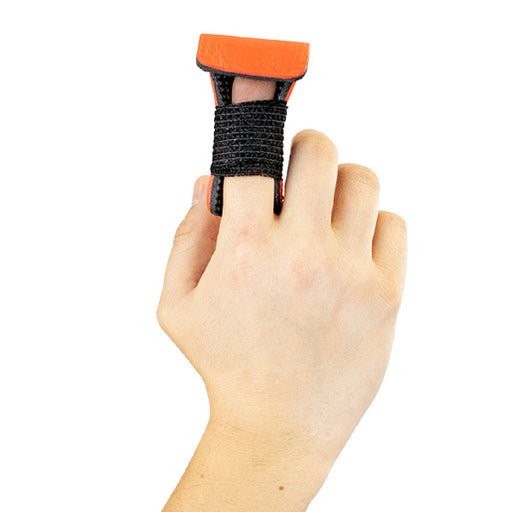 Year End Sale
from $ 6.39
Year End Sale
from $ 6.39Splints for Fingers, Arms and Legs, Conforming ActiSplints
Dynarex4 reviewsSplints for Fingers provide effective support for broken fingers, sprains, and arthritis pain relief. Splints for Fingers help immobilize joints, r...
View full details1 -
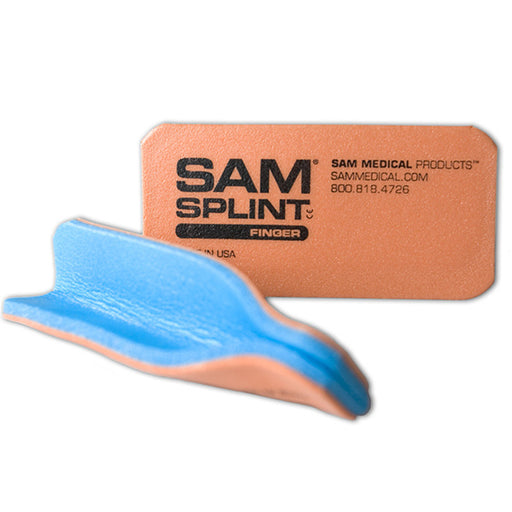 Year End Sale 21%
Original price $ 37.95Current price $ 29.95
Year End Sale 21%
Original price $ 37.95Current price $ 29.95Sam Finger Splint Orange Blue, 1.8" x 3.75" - 12 Pack
Sam Medical1 reviewSam Splint Finger Splints provide sturdy support and are great for emergency situations. Made from an aluminum alloy and closed cell foam, this reu...
View full details1 -
 Year End Sale 35%
Original price $ 10.75Current price $ 6.99
Year End Sale 35%
Original price $ 10.75Current price $ 6.99Padded Board Splint with 3 inch x 15 inch Wood with Padded Foam
Dick Medical SupplyNo reviewsThe Padded Board Splint is a reliable and essential tool for stabilizing fractures and injuries of the limbs. Designed to provide strong support an...
View full details1 -
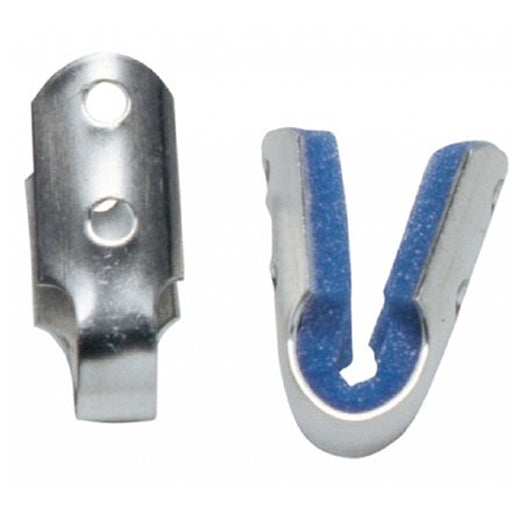 Year End Sale
from $ 23.00
Year End Sale
from $ 23.00Finger Splint Aluminum / Foam without Fastening 12/Pack Procare
ProcareNo reviewsDJO ProCare Large Finger Splint made with sturdy aluminum exterior and padded foam inside designed to keep the finger secure. A finger splint is a...
View full details1 -
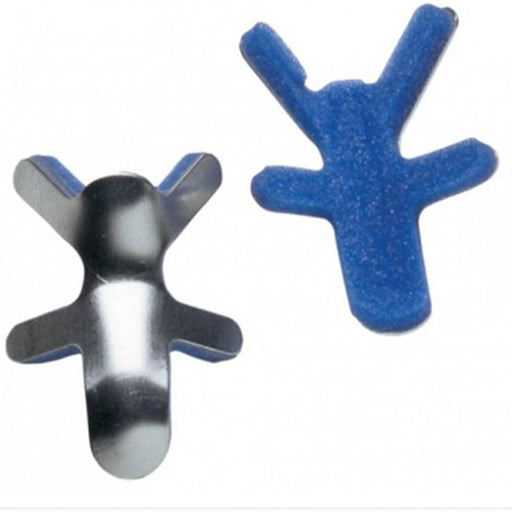 Year End Sale
from $ 23.50
Year End Sale
from $ 23.50Finger Splint with Bendable Prong Closure, 12/Pack Procare
ProcareNo reviewsDJO ProCare Finger Splint with Bendable Prong Closure made with sturdy aluminum exterior and padded foam inside designed to keep the finger secure....
View full details1 -
 Year End Sale
from $ 49.00
Year End Sale
from $ 49.00Plantar Fasciitis Night Splint Boot by Procare
ProcareNo reviewsThe Plantar Fasciitis Night Splint by Procare is used to alleviate symptoms of plantar fasciitis by gently stretching the plantar fascia and Achill...
View full details1 -
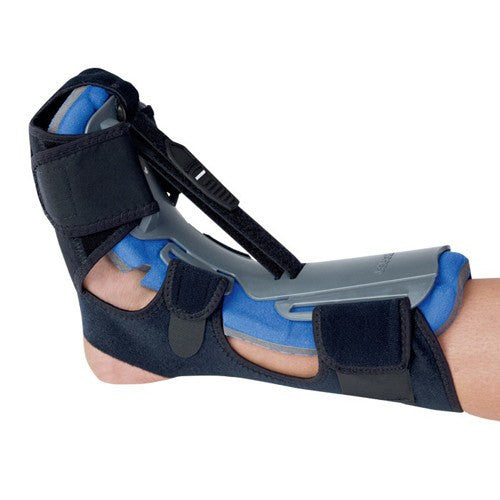 Year End Sale
$ 59.95
Year End Sale
$ 59.95Aircast Dorsal Night Splint for Plantar Fasciitis Relief
AircastNo reviewsDorsal Night Splint is a supportive overnight apparatus that produces optimal comfort and maximum pain relief from plantar fasciitis. This easy-to...
View full details1 -
 Year End Sale
$ 119.00
Year End Sale
$ 119.00Plastalume Finger Splint Kit Procare
DJO GlobalNo reviewsProcare Plastalume Finger Splint Kit includes 48 aluminum coated splints with foam backings. This kit contains six of each size splint, which are a...
View full details1 -
 Sold out
Original price $ 79.95Current price $ 52.00
Sold out
Original price $ 79.95Current price $ 52.00Reston Self-Adhering Foam Padding 7.875 x 11.75 Inches Non-Sterile, (10 Pack)
Solventum CorporationNo reviews3M Reston Self-Adhering Foam Padding is a medical product that is used to protect and cushion bony prominences, pressure points, and other sensitiv...
View full details -
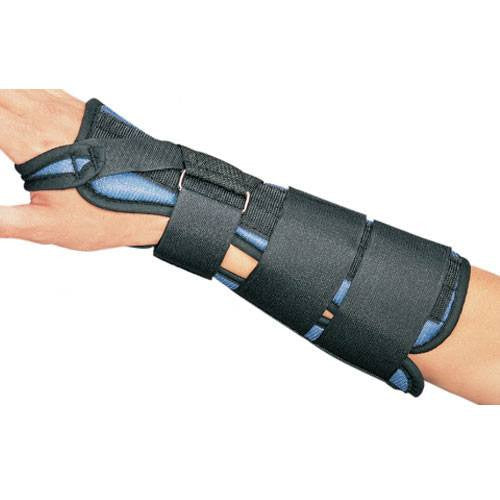 Year End Sale
$ 33.95
Year End Sale
$ 33.95Foam Wrist Splint Procare
ProcareNo reviewsDesigned to immobilize the wrist, the ProCare Foam Wrist Splint offers breathable support. The wrist splint is made of foam tricot construction for...
View full details1 -
 Year End Sale
from $ 34.50
Year End Sale
from $ 34.50Cast Tape 3 inch x 12 Foot, Fiberglass, Water-Activated Resin (Box of 10)
McKessonNo reviewsCast tape is a type of orthopedic bandage used to immobilize and support broken or injured bones. It is made of fiberglass material and is activate...
View full details1 -
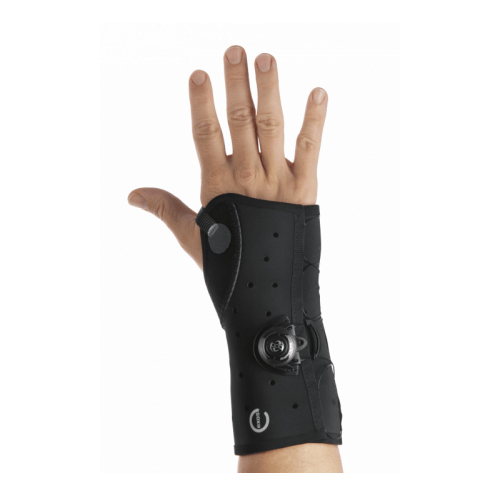 Year End Sale
$ 139.00
Year End Sale
$ 139.00Exos Wrist Brace with Boa Ring
DJO GlobalNo reviewsThe Exos Wrist Brace with Boa Locking Ring is designed for the treatment of carpal bone injuries. The Exos Wrist Brace with Boa is intended for use...
View full details1 -
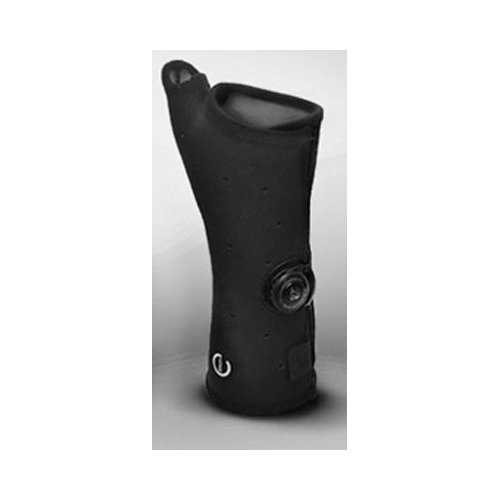 Year End Sale
$ 139.00
Year End Sale
$ 139.00Exos Long Thumb Spica
DJO Global1 reviewThe Exos Long Thumb Spica is a specially designed brace for the support of the MCP and CMC joints in the thumb and wrist. This Exos splint is also ...
View full details1 -
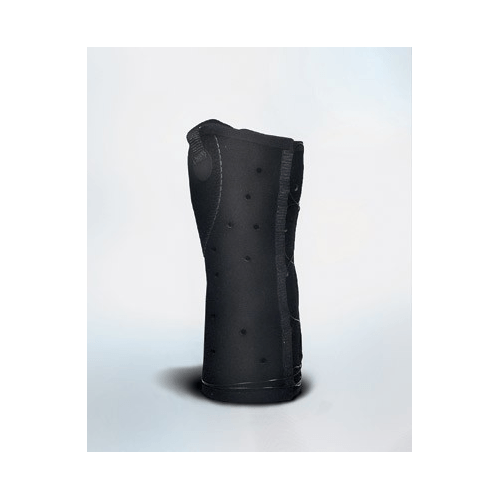 Year End Sale
$ 139.00
Year End Sale
$ 139.00Exos Wrist Brace
DJO GlobalNo reviewsThe Exos Wrist Brace provides support following various carpal injuries, arthritis and certain sprains, and is able to be adjusted to a patient's p...
View full details1 -
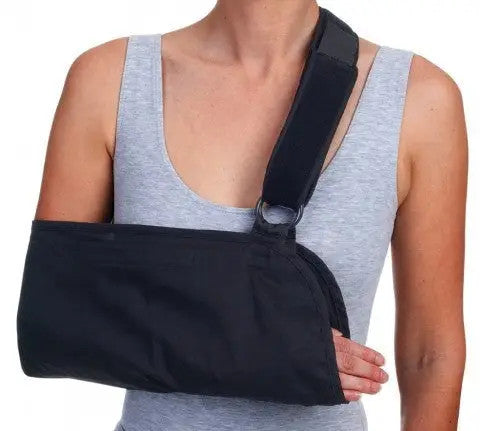 Year End Sale 41%
Original price $ 16.99Current price $ 9.95
Year End Sale 41%
Original price $ 16.99Current price $ 9.95Universal Arm Sling
ProcareNo reviewsThe Universal Arm Sling is a durable sling that is designed to offer support for the shoulder and elbow joints. This sling features a contact closu...
View full details1 -
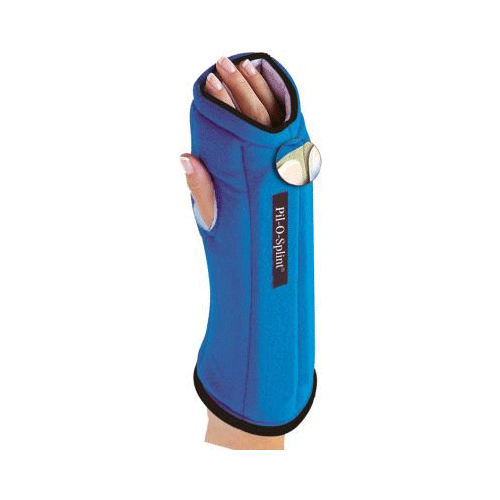 Year End Sale
$ 99.00
Year End Sale
$ 99.00IMAK Pil O Splint Wrist Procare
ProcareNo reviewsProCare IMAK Pil-O-Splint is designed to give you comfort and relief from a variety of wrist issues and prevent painful movements as you rest or sl...
View full details1 -
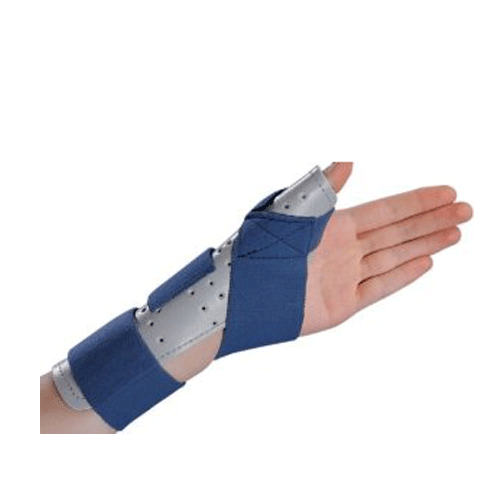 Year End Sale
from $ 26.00
Year End Sale
from $ 26.00ThumbSPICA Hand Splint ProCare
ProcareNo reviewsProCare ThumbSPICA Hand Splint is features a lightweight design. The splint is made of a perforated foam shell with a cool, cotton terry liner wrap...
View full details1 -
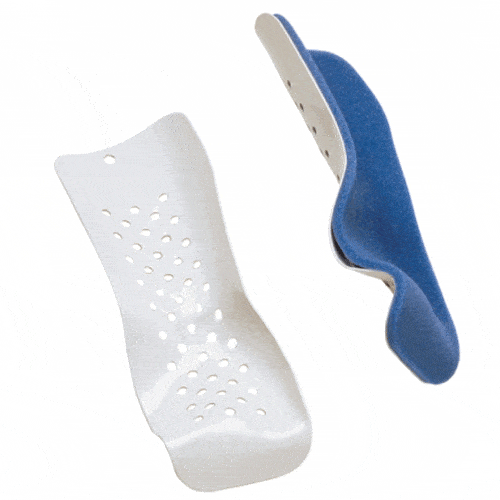 Year End Sale
$ 9.95
Year End Sale
$ 9.95Colles' Wrist Splint Padded Aluminum / Foam Left Hand Procare
ProcareNo reviewsThe Procare Forearm Splint is a padded arm support designed for maximum protection following surgery or casting. Ideal for support of colles injuri...
View full details1 -
 Year End Sale
from $ 34.50
Year End Sale
from $ 34.50Cast Tape 2 inch x 12 Foot, Fiberglass, Water-Activated Resin (Box of 10)
McKessonNo reviewsCast Tape is a medical tape used for casting fractures and broken bones. It is a 2 inch wide tape that is 12 feet in length and is made from fiberg...
View full details1 -
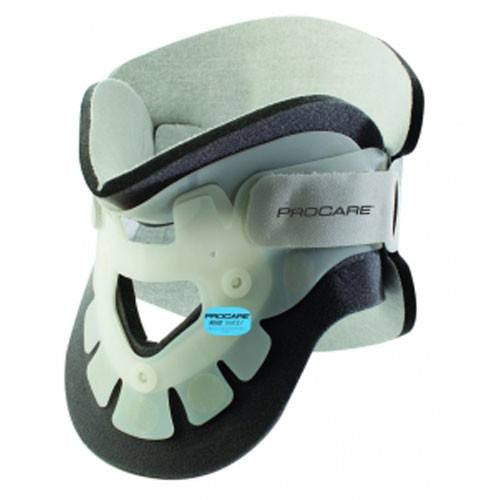 Year End Sale 26%
Original price $ 119.80Current price $ 89.00
Year End Sale 26%
Original price $ 119.80Current price $ 89.00Aspen Transitional 172 Cervical Collar Adult Regular
DJO GlobalNo reviewsAspen Transitional 172 Cervical Collar is an adjustable two-piece padded polyethylene collar. Designed to restrict cervical spine flexion, extensio...
View full details1 -
 Year End Sale 20%
Original price $ 199.95Current price $ 159.00
Year End Sale 20%
Original price $ 199.95Current price $ 159.00Cast Tape Camouflage Print by Delta-Cast Prints 3 inch x 12 Foot (10/Box)
BSN MedicalNo reviewsCast Tape by Delta-Cast Prints are a type of medical tape used for creating casts or immobilizing injured body parts, such as arms or legs. These p...
View full details1 -
 Year End Sale
from $ 49.95
Year End Sale
from $ 49.95Cast Tape 4 inch x 12 Foot, Fiberglass, Water-Activated Resin (Box of 10)
McKessonNo reviewsCast Tape 4 inch x 12 Foot, Fiberglass, Water-Activated Resin is a medical material used to create a hard cast around a broken or fractured bone. I...
View full details1 -
 Year End Sale
from $ 68.00
Year End Sale
from $ 68.00Casting Roll Form Splints, Fiberglass White
McKessonNo reviewsCasting roll form splints, fiberglass white are medical devices used for immobilizing and protecting injured bones, joints, or muscles. They are ma...
View full details1 -
 Sold out
Original price $ 79.95Current price $ 52.00
Sold out
Original price $ 79.95Current price $ 52.00Reston Self-Adhering Foam Roll 4 x 196 Inches Non-Sterile, 1 Roll
Solventum CorporationNo reviews3M Reston Self-Adhering Foam Roll is used to cushion and protect body parts, such as elbows, heels, and knees. It is commonly used in post-surgical...
View full details -
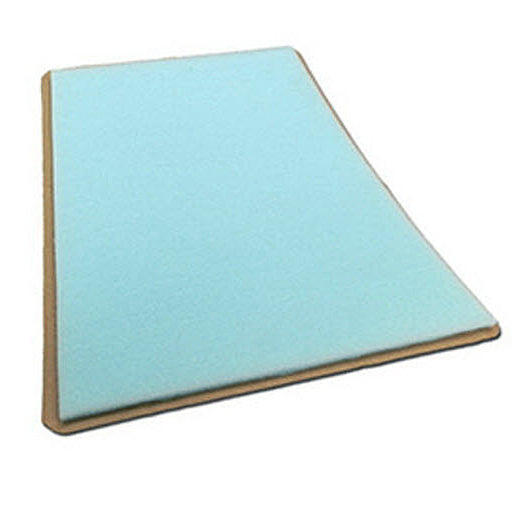 Year End Sale
from $ 3.20
Year End Sale
from $ 3.20Full Foam Cardboard Folding Split
Mountainside Medical EquipmentNo reviewsThe DMA Full Foam Cardboard Folding Splint is tapered for a more accurate fit. The 24″ and 36″ splints fold at the bottom for hand or foot placemen...
View full details1 -
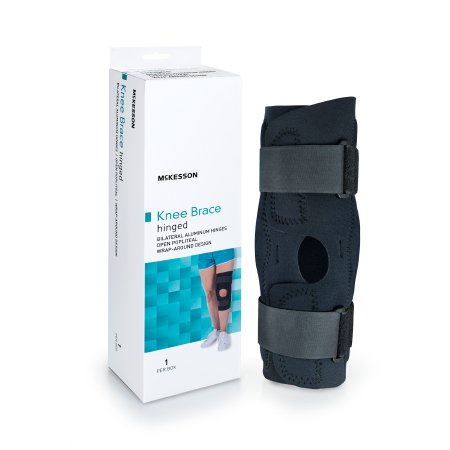 Year End Sale 22%
Original price $ 42.50Current price $ 32.95
Year End Sale 22%
Original price $ 42.50Current price $ 32.95McKesson Wraparound Knee Brace, Hook-n-Loop Strap Closure with D-Rings Left or Right Knee
McKessonNo reviews1/8" neoprene wraparound configuration and strap tabs provide ease of application. Posterior strap adjustment allows for one-time adjustment and pr...
View full details1 -
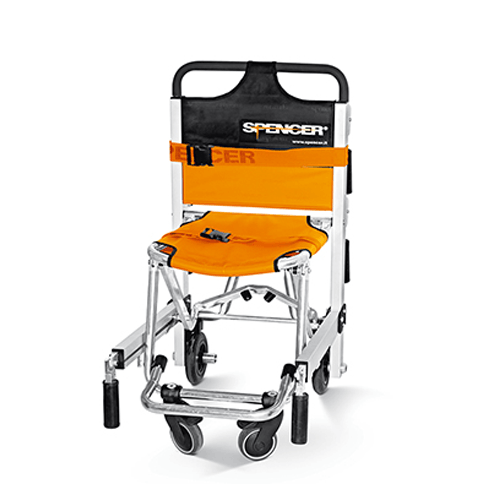 Year End Sale 20%
Original price $ 1,295.00Current price $ 1,030.00
Year End Sale 20%
Original price $ 1,295.00Current price $ 1,030.00Spencer Emergency Evacuation Transport Chair, Black/Orange
Spencer MedicalNo reviewsThe Spencer Emergency Evacuation Transport Chair is a lightweight and durable chair that is ideal for a quickly and safely transport patients. . Fo...
View full details1 -
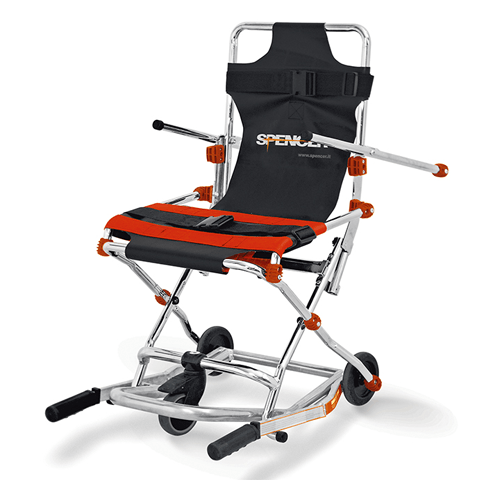 Year End Sale 37%
Original price $ 695.95Current price $ 435.00
Year End Sale 37%
Original price $ 695.95Current price $ 435.00Emergency Evacuation Transport Chairs, Black
Spencer MedicalNo reviewsThe Emergency Evacuation Transport Chair is a foldable, lightweight chair perfect for quickly transporting a person to safety. area that needs ever...
View full details1 -
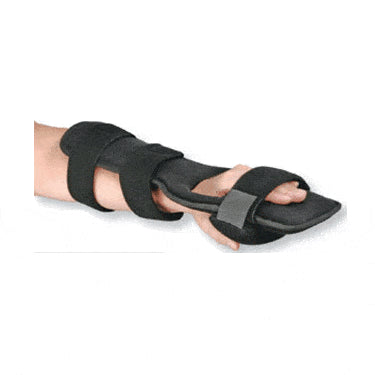 Year End Sale
$ 198.00
Year End Sale
$ 198.00Dorsal Resting Hand Splint, Right
AlimedNo reviewsThe Dorsal Resting Splint is a uniquely designed hand splint that provides range of motion and improves patient compliance for wear. The resting ha...
View full details1
Splints are orthopedic devices used to support and immobilize injured or fractured limbs to facilitate healing. Splints are commonly employed in emergency settings to stabilize a fracture or sprain, minimizing movement and alleviating pain. Splints are also used post-surgery to maintain proper alignment and support the healing process. Unlike casts, splints are often adjustable and can be easily removed, making them ideal for conditions where swelling might occur.






























